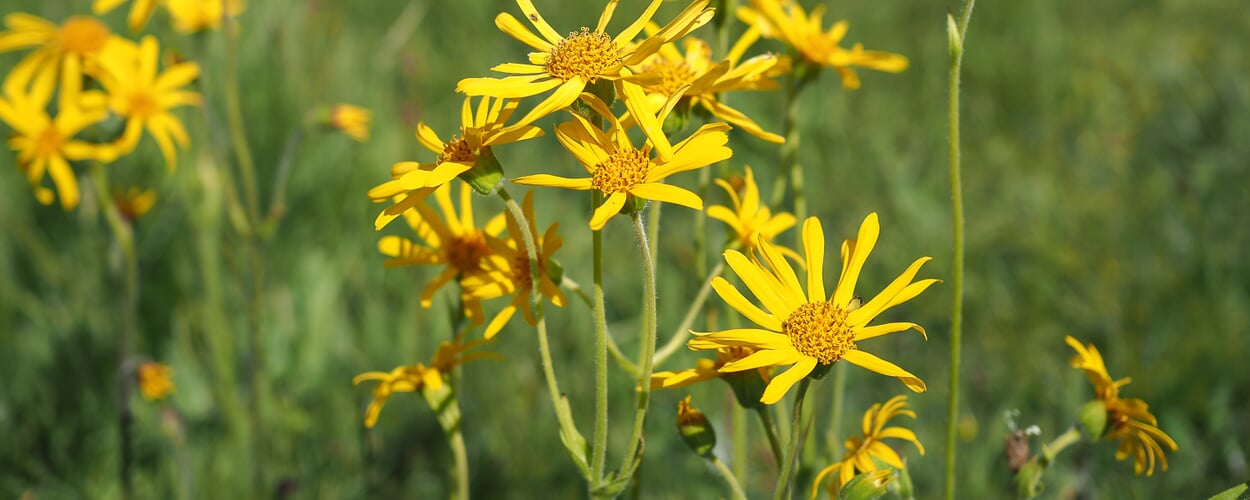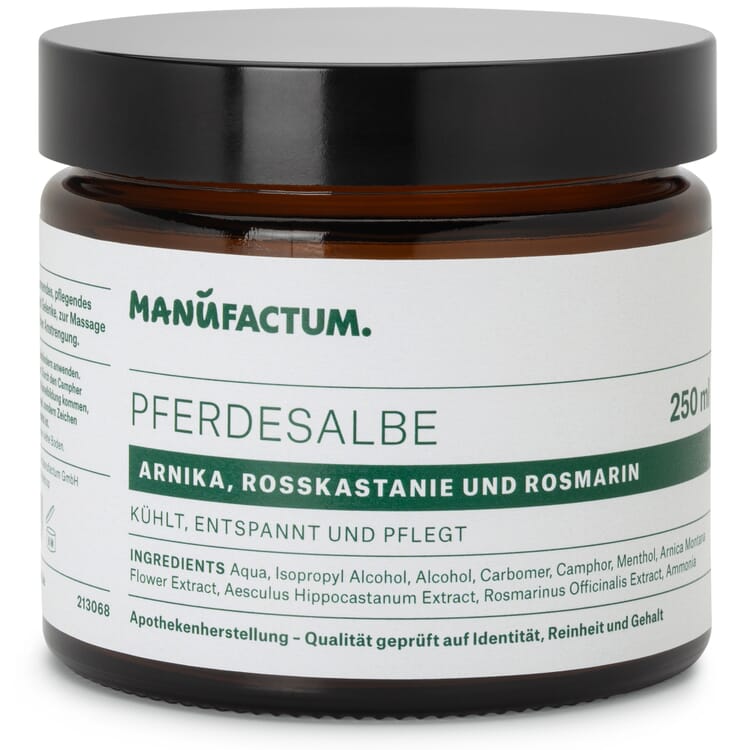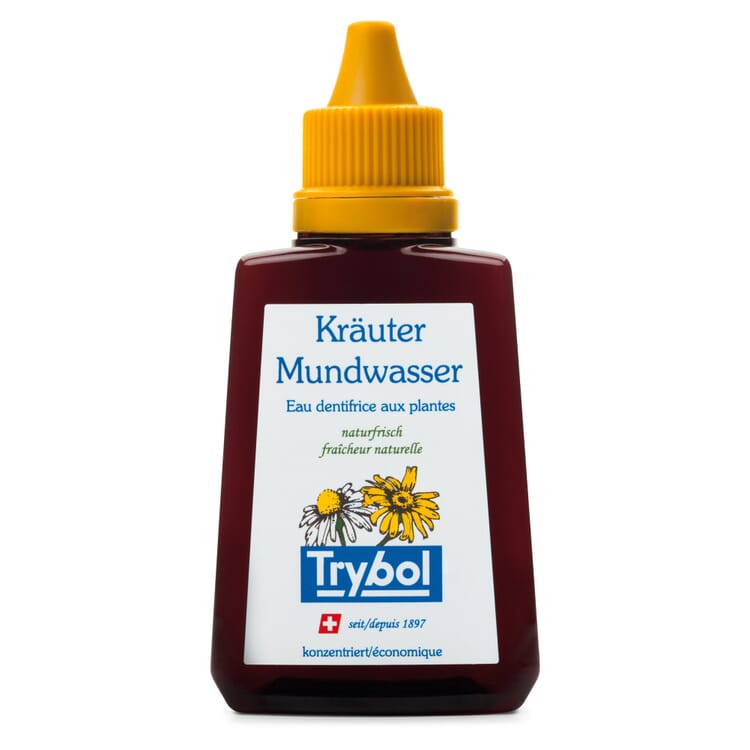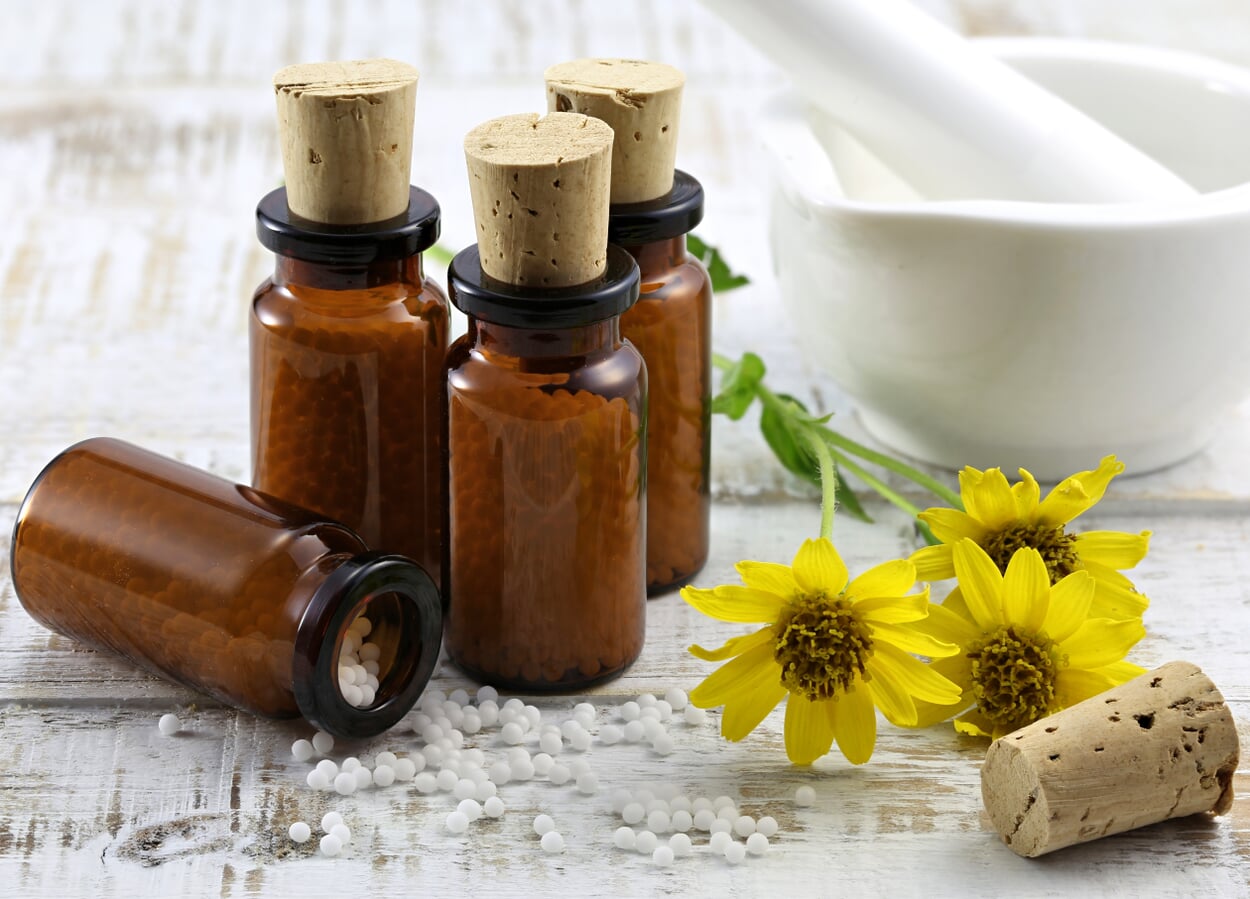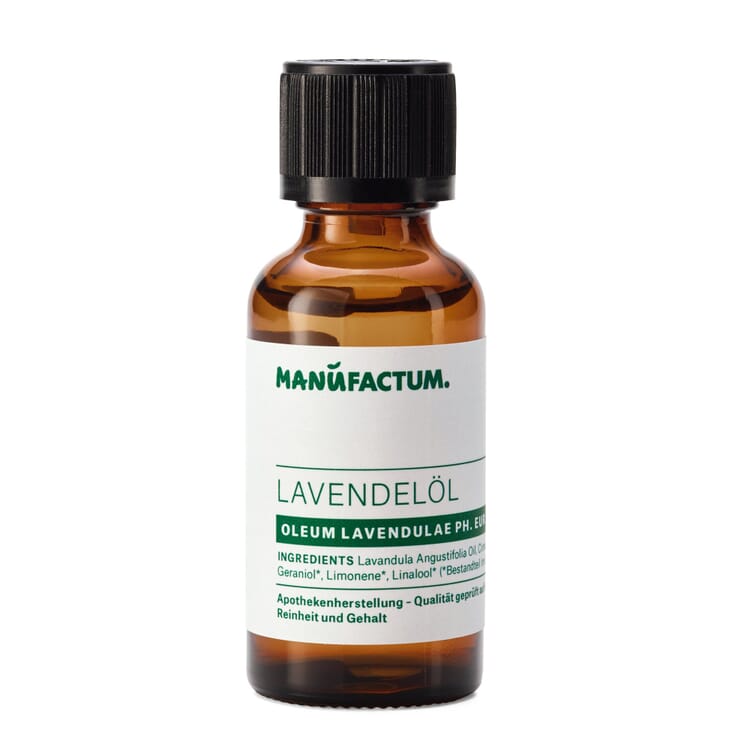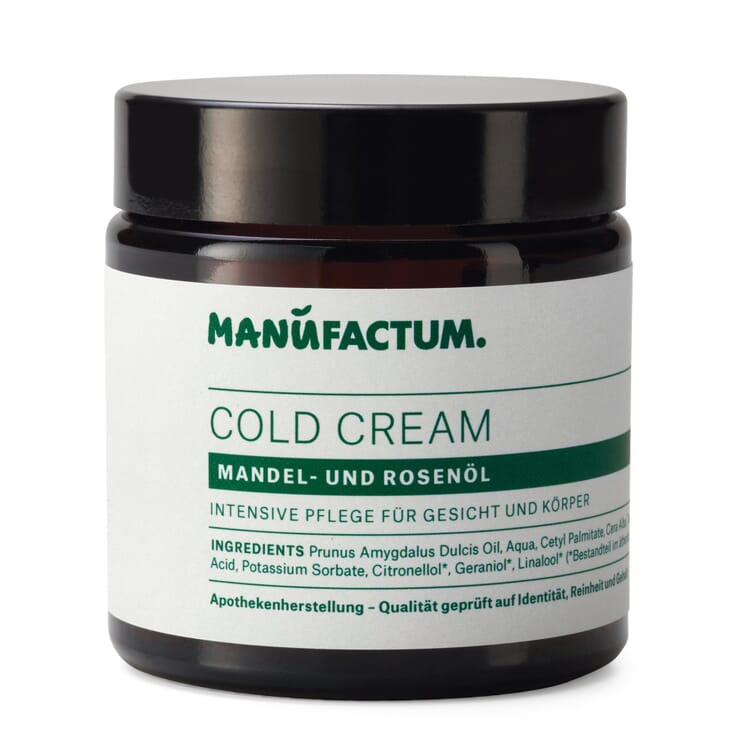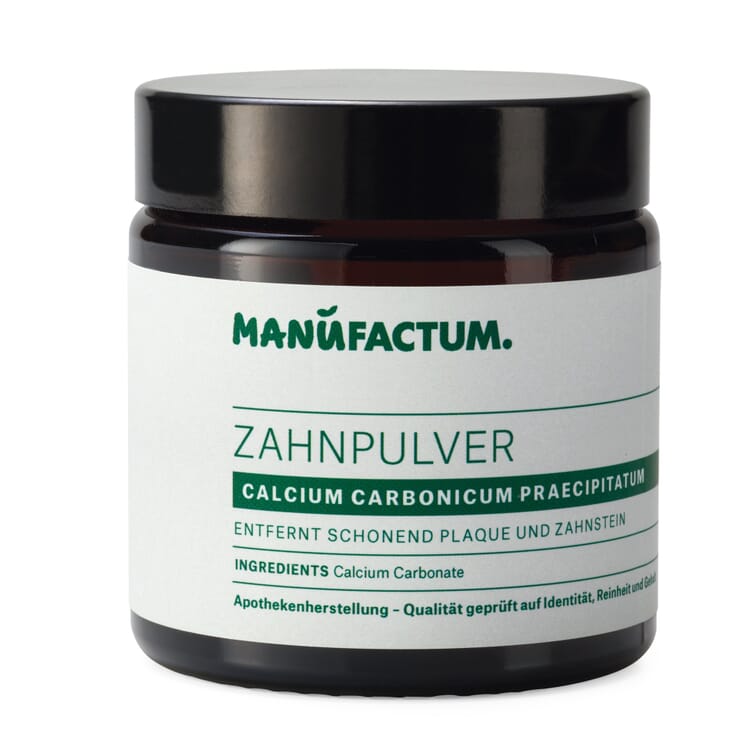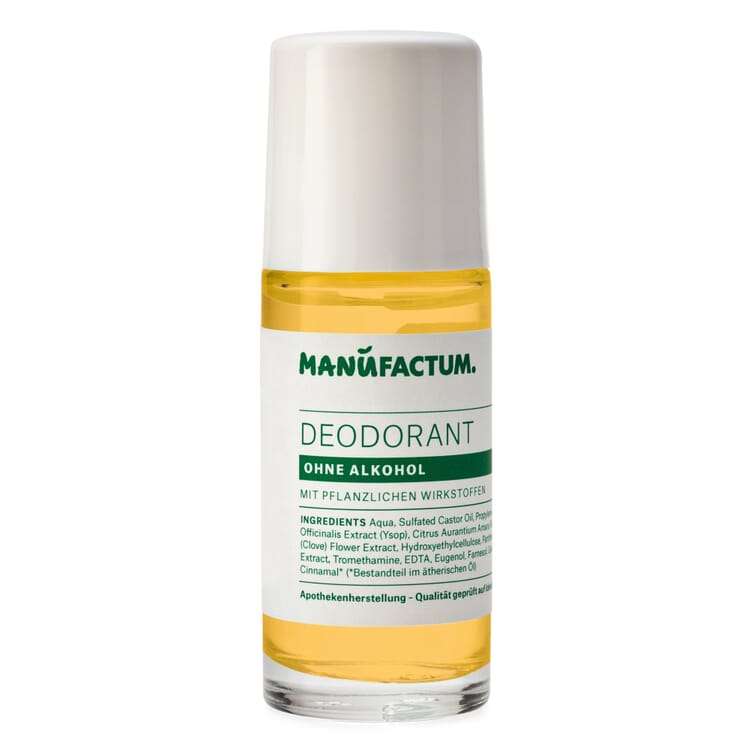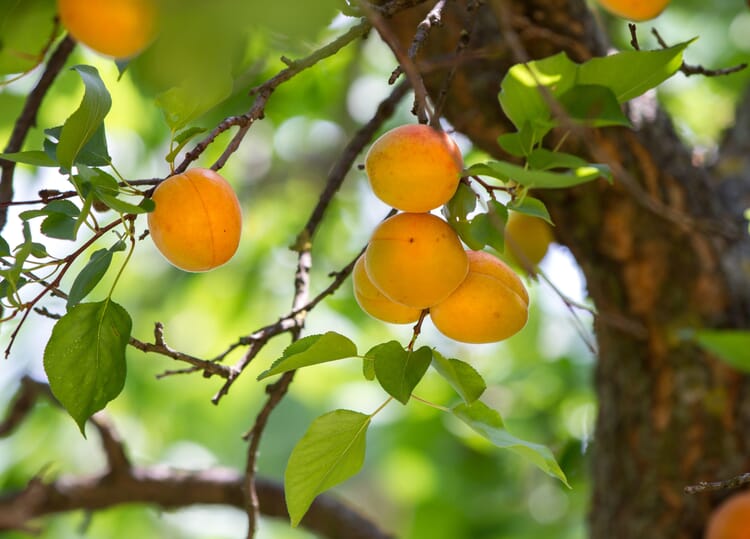Medicinal plants A|B|C
Arnica (Arnica montana)
The sunny yellow, almost palm-sized flowers of Arnica appear from June to August and have the typical structure of a composite. The whole plant is glandular hairy and fragrant. Originally it was at home everywhere in Europe, Central Asia and North America on nutrient-poor (mountain) meadows and boggy sites. But because there are hardly any unfertilized areas left and arnica was intensively collected for centuries because of its healing power, it has become very rare.
Origin and cultivation
The healing properties of arnica have been known since the Middle Ages, but unlike other plants whose value for the medicine cabinet is well known, it has never found its way into farm gardens. It is a true "wild plant" that feels uncomfortable in a cultivated environment. As a result, uncontrolled wild collections have put the arnica on the Red List of endangered species. Only in recent years has it been possible to cultivate the "Medicinal Plant of the Year 2001" commercially.
Ingredients
Arnica flowers contain, among other things, bitter substances, flavonoids and the active ingredient helenalin. The antiseptic and anti-inflammatory effect of the flowers can even exceed that of synthetic anti-inflammatory drugs (e.g. diclofenac and ibuprofen). The main field of application of arnica, in addition to muscle and joint complaints, are blunt injuries; its active ingredients promote blood circulation, relieve pain and support wound healing.
Products with Arnica
Use of arnica
- In herbal ointments, arnica is a valuable ingredient that has a soothing effect on sore muscles, back pain and joint pain. Pure arnica tinctures and oils are also common, but these should only be used in diluted form due to their strong effect - Arnica also displays its healing powers in the external treatment of bruises, contusions and haematomas. Because arnica accelerates the resorption of blood that has leaked into the surrounding tissue, bruises have been shown to disappear more quickly when rubbed with arnica preparations than without treatment. Arnica also has positive effects on vein weakness - internal use as a tea is no longer common today.
It happens that people are sensitive to the extraordinarily powerful arnica. In this case, the application of the somewhat milder calendula is suitable.
Exclusive Manufactum body care products
Recommended Topics
Aloe vera (Aloe barbadensis) belongs to the asphodel family, so it is more closely related to torch lilies and steppe candles than to agaves. Its toothed leaves, up to 90 centimeters long, stand in rosettes and are fleshy thickened. In the flowering season, a branched flower stalk up to three meters high grows up from the gray-green rosette, densely covered at its ends with yellow or red individual flowers, depending on the variety.
View moreThe apricot (Prunus armeniaca), also called apricot in Austria and Bavaria, grows in tree or shrub form. The yellow to orange fruits have a smooth, almost hairless surface. If the wrinkled stone of the apricot, which is pointed on one side, is cracked, the seed ("kernel") inside is revealed. It is about the size of a thumbnail and contains a lot of oil. As with almonds, there is a bitter and a sweet form. Valuable apricot kernel oil is obtained from both varieties.
View moreThe avocado tree, which can grow up to 20 meters high, is related to the cinnamon tree and bay laurel and, like these, belongs to the laurel family of plants. It likes it warm and humid and feels comfortable in tropical and subtropical areas. It takes ten years for the avocado tree to bear fruit for the first time; botanically speaking, these are berry fruits. Depending on the variety, they are egg- to pear-shaped. The Aztecs, however, had a different association: their name for the fruit is ahuacatl, meaning testicle.
View more
